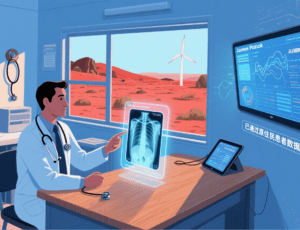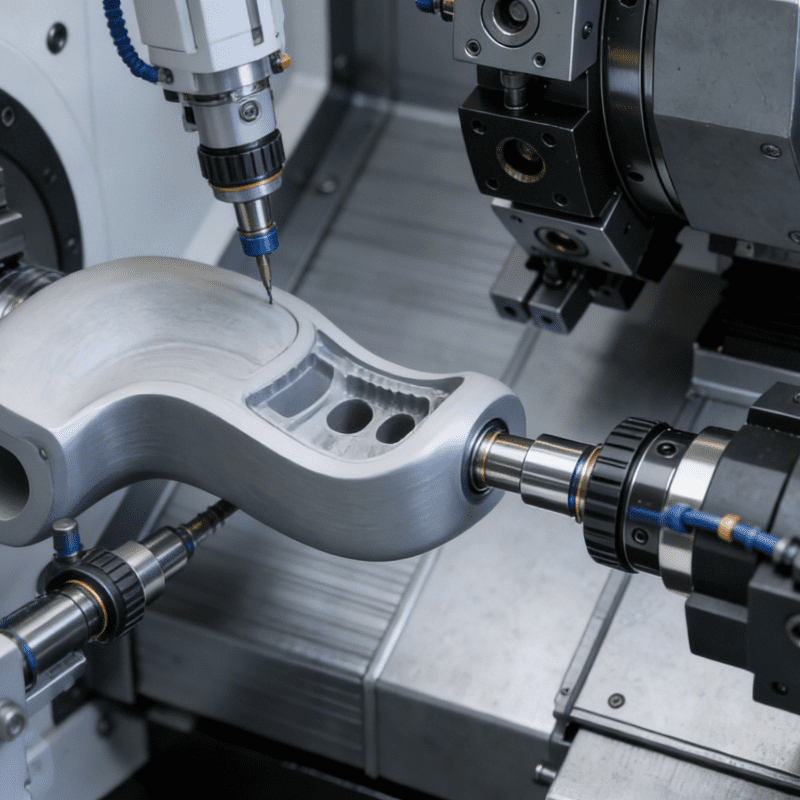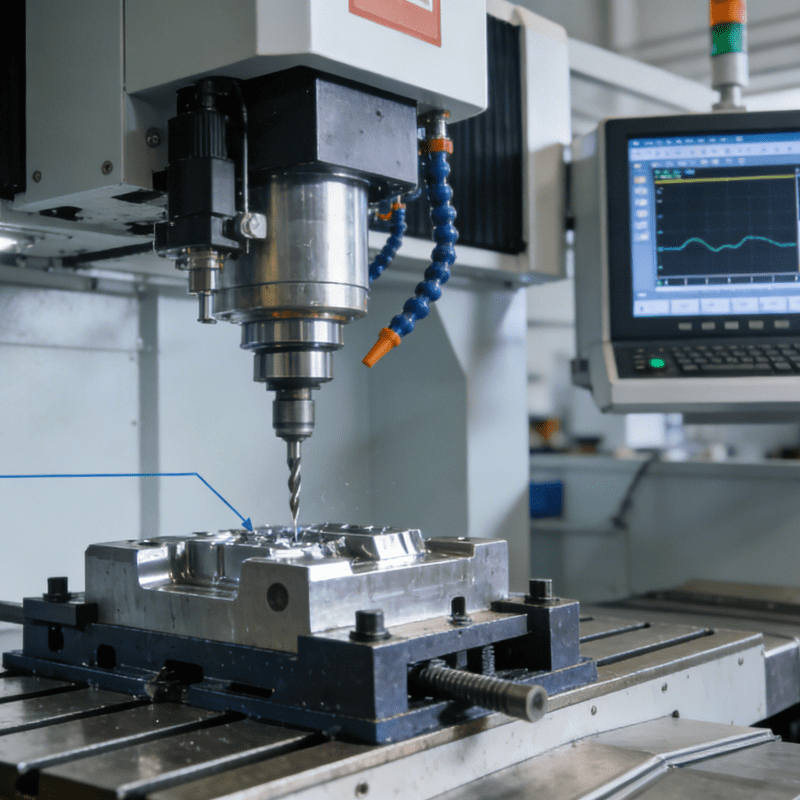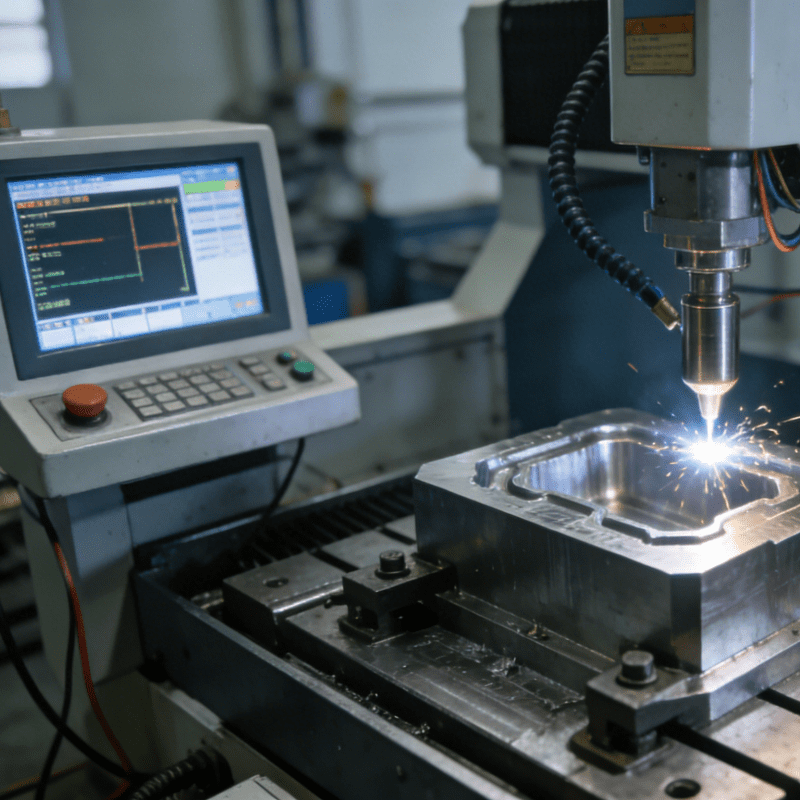(1)In the dimly lit reading rooms of hospitals across Australia, radiologists hunched over glowing screens face a quiet crisis: stacks of chest X-rays pile up faster than they can be analyzed, while patients wait anxiously for answers. A single radiologist might juggle 50 or more scans a day, each holding clues to a heart condition, a hidden tumor, or a misplaced medical device. But amid this pressure, a new ally is emerging—artificial intelligence, armed with the ability to “see” and interpret medical images with remarkable precision.
(2)This isn’t the AI of chatbots or social media filters. Researchers at CSIRO’s Australian e-Health Research Center (AEHRC) are harnessing cutting-edge visual-language models (VLMs)—systems that blend the text-understanding power of large language models (LLMs) with the ability to “read” images—to transform how medical images are analyzed. Their goal is simple yet profound: to lighten the load on overworked radiologists, speed up diagnoses, and ensure no critical detail slips through the cracks.
From Text to Vision: How VLMs Are Changing the Game
(3)Traditional AI systems might parse text or identify objects in photos, but VLMs do something more nuanced: they connect what they “see” in an image to language, allowing them to describe, analyze, and even contextualize visual information. For example, the latest version of ChatGPT uses VLMs to explain a snapshot or answer questions about a graph.
(4)At AEHRC, this technology is being retooled for life-or-death work—starting with chest X-rays, one of the most common and critical diagnostic tools in medicine. “Chest X-rays are the workhorses of healthcare,” says Dr. Aaron Nicolson, a research scientist at AEHRC leading the project. They’re used to spot pneumonia, lung cancer, and heart enlargement, or check if a pacemaker is positioned correctly. But interpreting them requires years of training, and with Australia’s radiologist shortage worsening—compounded by an aging population and rising demand—the backlog grows daily.
(5)“We’re facing a perfect storm,” Nicolson explains. “There aren’t enough specialists to keep up, and delays can cost lives.” His team’s solution? A VLM trained to generate preliminary radiology reports from chest X-rays. The model is fed thousands of scans paired with expert-written reports, learning to recognize patterns—a faint shadow indicating a tumor, a widened heart silhouette—and translate them into coherent, detailed analyses. It’s not replacing radiologists; it’s acting as a “second set of eyes,” flagging potential issues and drafting initial reports so specialists can focus on complex cases.
Training the AI: More Data, Sharper Insights
(6)Like a medical student poring over textbooks, the VLM improves with practice. Nicolson’s team started by feeding it X-ray images and basic patient referrals—the same information a radiologist would receive. But to boost accuracy, they added a new layer: emergency department records. Details like a patient’s chief complaint (“shortness of breath”), vital signs, or regular medications gave the AI critical context, helping it distinguish between, say, a chronic lung condition and a sudden infection.
(7)“The difference was striking,” Nicolson notes. With this extra data, the model’s reports became more precise, aligning better with those written by human radiologists. “It’s like giving a detective not just a crime scene photo, but the victim’s background and witness statements—it fills in the blanks.”
(8)This progress has brought the technology closer to real-world use. The team is now testing it at Brisbane’s Princess Alexandra Hospital, comparing AI-generated reports with those from radiologists to gauge speed, accuracy, and usability. Early results suggest the AI can consistently flag key findings, reducing the time radiologists spend on routine cases by up to 30%.
Beyond X-Rays: VLMs in Other Corners of Healthcare
(9)AEHRC’s work with VLMs isn’t limited to imaging. Dr. Arvin Zhuang, a postdoctoral researcher at the center, is using the technology to unlock information from medical documents—scanned forms, handwritten notes, and lab reports—by treating them as images. This approach bypasses the headaches of messy text formatting or illegible handwriting, letting AI extract critical data like blood pressure readings or allergy lists far more efficiently than manual entry.
“Imagine a rural clinic swamped with paper records,” Zhuang says. “A VLM can process a stack of forms in minutes, turning chaos into organized data that doctors can act on immediately.”
Ethics First: Building AI That Serves Everyone
(10)For all their promise, these tools come with heavy responsibilities. Nicolson and his team are acutely aware of the risks: biased data could lead the AI to misdiagnose certain populations, while overreliance might erode clinical judgment. “We’re not building a replacement for radiologists—we’re building a tool that makes their work better,” Nicolson emphasizes. The AI will never make final decisions; a human specialist will always review its reports.
(11)To avoid bias, the team is training the model on diverse datasets, including scans from Indigenous communities, elderly patients, and rural populations—groups that are often underrepresented in medical research. “If your training data only includes urban patients in their 40s, the AI won’t perform well for a 70-year-old from a remote town,” Nicolson explains. “We need it to work for everyone.”
The Future: Faster, Fairer, More Compassionate Care
(12)As trials expand to more hospitals, the vision for AI in medical imaging is taking shape: a system where routine scans are analyzed in minutes, freeing radiologists to spend more time with complex cases and patients; where rural clinics, starved of specialists, can access AI-assisted reports to guide urgent care; where no X-ray sits unread because of burnout or backlogs.
(13)In the end, this isn’t just about technology—it’s about reimagining healthcare’s capacity to care. “A radiologist who’s not buried under paperwork can take the time to explain a diagnosis to a worried family,” Nicolson says. “That’s the real revolution: AI handling the routine, so humans can focus on the human.”
(14)As the sun sets over Brisbane’s medical district, the screens in radiology reading rooms still glow with X-rays. But increasingly, beside them, another window hums—a VLM’s preliminary report, ready to be checked, refined, and turned into action. The future of medical imaging isn’t about machines replacing doctors. It’s about machines and doctors working together, ensuring that every scan, every clue, and every patient gets the attention they deserve.
What are the quality control standards for the automatic assembly line of chain hoists?
How to choose a suitable factory for customizing chain hoist automatic assembly lines?




















